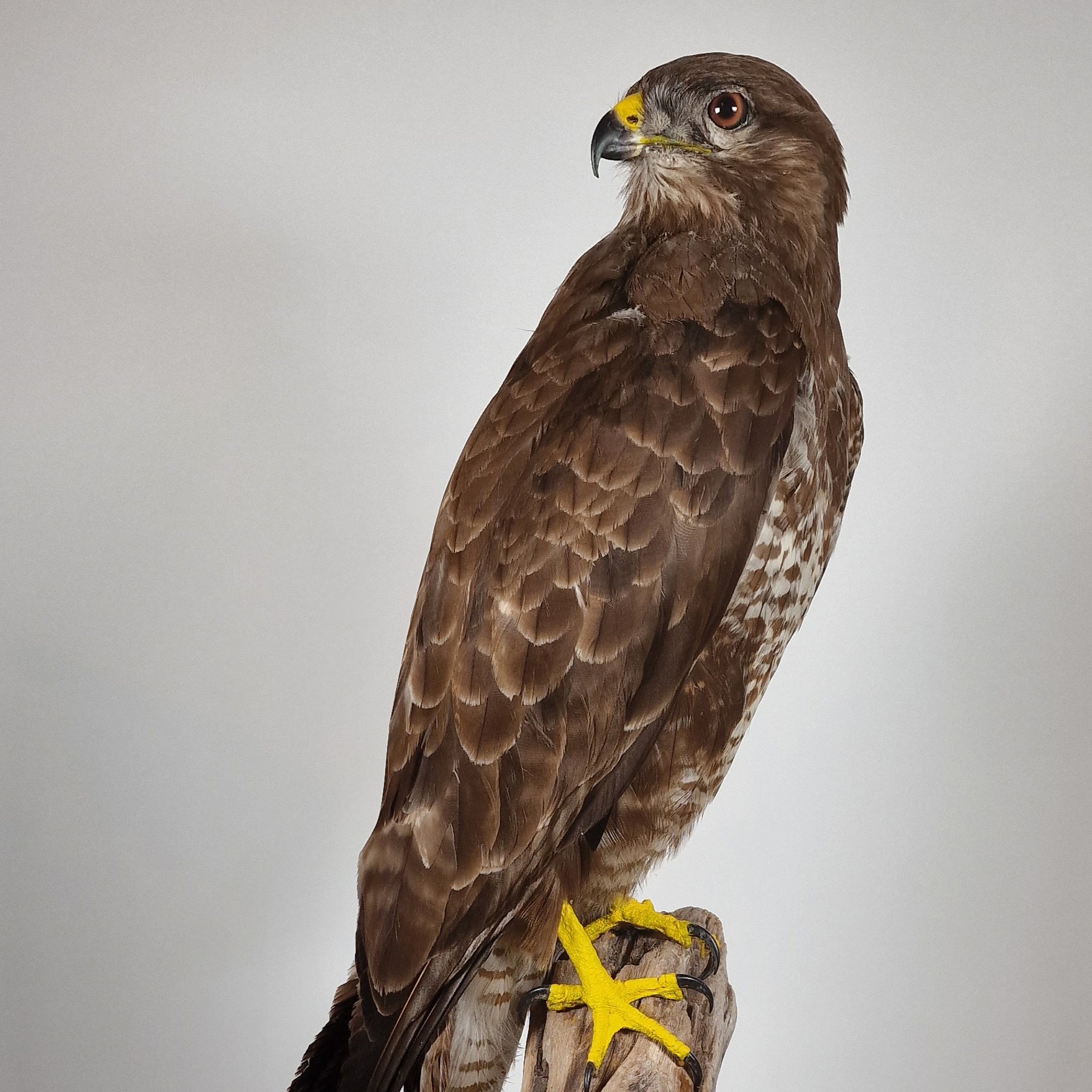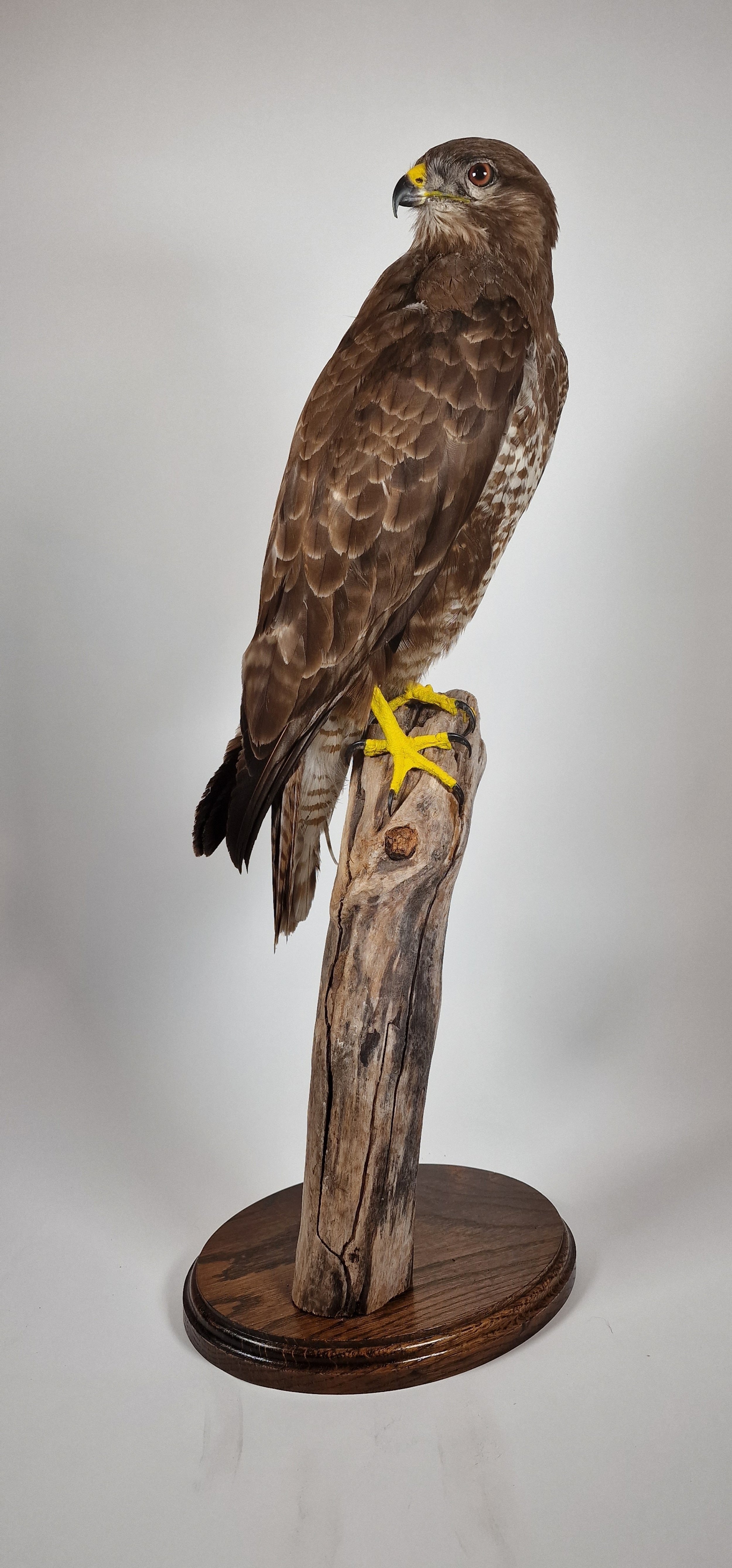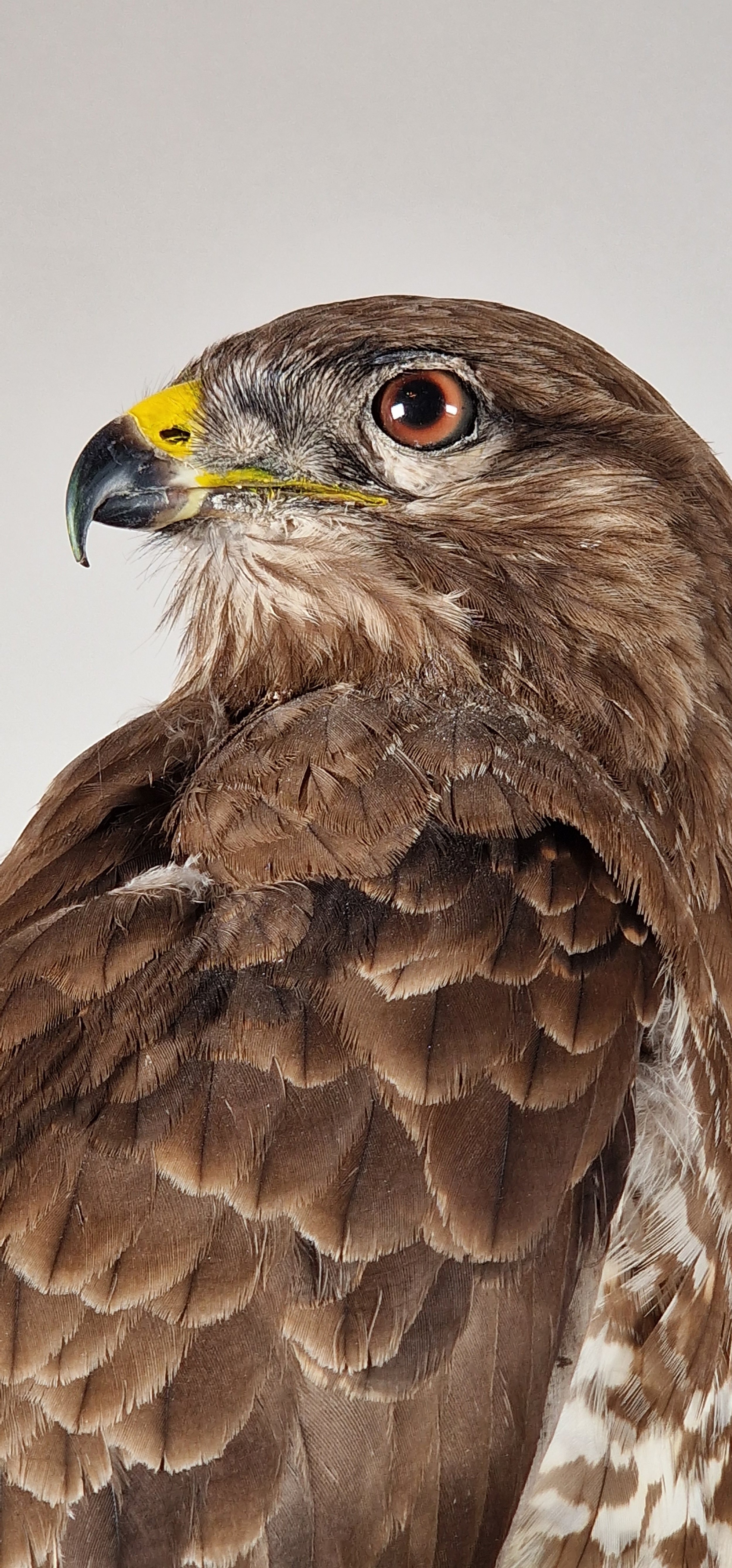WOODPECKER | The Art Of Taxidermy
£295.00
This taxidermy woodpecker is beautifully presented on a twig plaque, designed for easy wall hanging. The natural twig background complements the lifelike preservation of the woodpecker, making it a striking and authentic piece of decor. Perfect for nature enthusiasts and collectors, this wall-mounted display brings a touch of the outdoors into your home.
Because of the nature of this item it is collection only
Should you be interested in a particular taxidermy, please inquire, and we will make every effort to locate one for you.
Contact Us
See all of taxidermy work
Enquire about this product
Request a viewing
This taxidermy woodpecker is beautifully presented on a twig plaque, designed for easy wall hanging. The natural twig background complements the lifelike preservation of the woodpecker, making it a striking and authentic piece of decor. Perfect for nature enthusiasts and collectors, this wall-mounted display brings a touch of the outdoors into your home.
Because of the nature of this item it is collection only
Should you be interested in a particular taxidermy, please inquire, and we will make every effort to locate one for you.
Contact Us
See all of taxidermy work
Enquire about this product
Request a viewing
This taxidermy woodpecker is beautifully presented on a twig plaque, designed for easy wall hanging. The natural twig background complements the lifelike preservation of the woodpecker, making it a striking and authentic piece of decor. Perfect for nature enthusiasts and collectors, this wall-mounted display brings a touch of the outdoors into your home.
Because of the nature of this item it is collection only
Should you be interested in a particular taxidermy, please inquire, and we will make every effort to locate one for you.
Contact Us
See all of taxidermy work
Enquire about this product
Request a viewing
The Great Spotted Woodpecker (Dendrocopos major) is a common sight across the UK, except in parts of northern Scotland and Ireland. It is easily identified by its black and white plumage, red underbelly, and males' red nape. These woodpeckers inhabit woodlands, parks, and gardens, where they drum on tree trunks to communicate and establish territory. Their diet includes insects, larvae, nuts, seeds, and occasionally bird eggs and chicks. In winter, they often visit garden feeders for peanuts and fat balls. Breeding starts in April, with nests excavated in dead or decaying trees. The female lays 4-7 eggs, incubated by both parents for 10-12 days. Chicks fledge about three weeks after hatching but stay dependent on their parents for a while. The Great Spotted Woodpecker is classified as Least Concern on the IUCN Red List, with a stable and increasing population due to its adaptability and availability of habitats and food.
Because of the nature of this item it is collection only
The Great Spotted Woodpecker (Dendrocopos major)

































